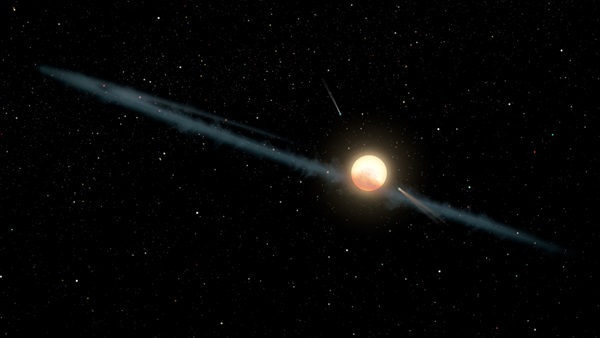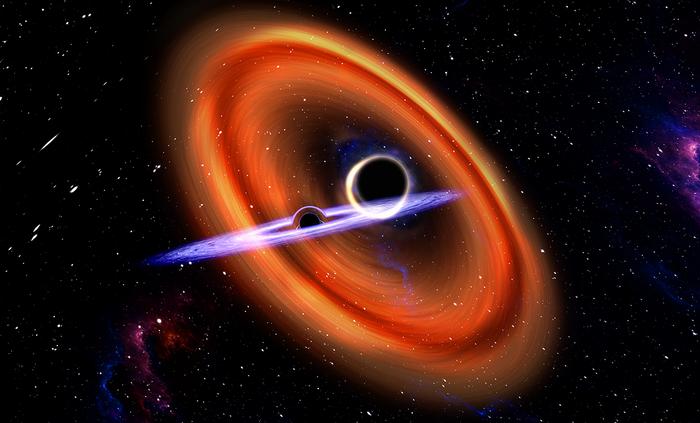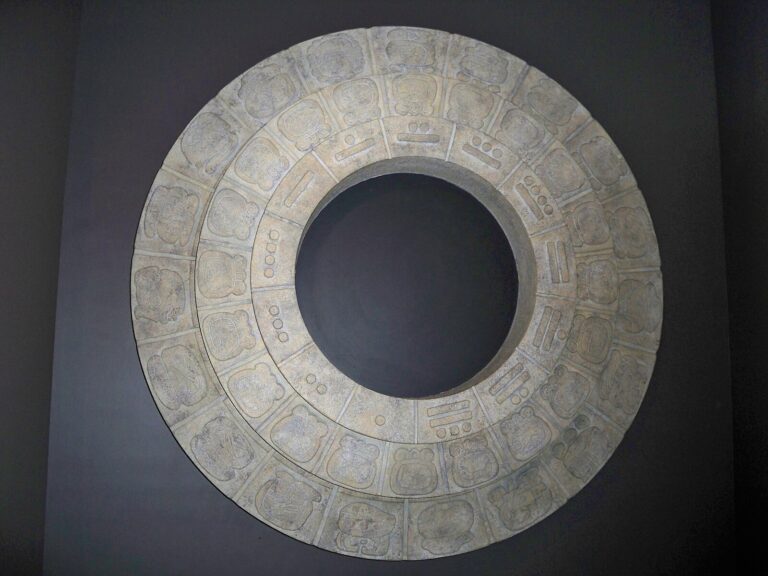Key Takeaways:
Every possible explanation under and beyond the Sun has since been thrown at the object, now known as Tabby’s star (aka Boyajian’s star, aka KIC 8462852). The explanations have included a fragmented planet, a swarm of comets, a slowly cannibalized hot Jupiter, or, most recently, a giant ring of dust.
Oh, and aliens.
The basic story of Tabby’s star goes like this: Kepler caught the star dimming by as much as 20 percent in aperiodic (irregular) ways. Twenty percent dips in light are too high to be caused by a planet for a star the size of Tabby’s, which is an F-type star larger than the Sun. Even something as large as Jupiter should make only about a one percent dip in light.
Dr. Tabetha Boyajian, a professor at Louisiana State University, has most intensively studied the star — probably why it’s named for her. In the original paper on the star, Boyajian and her co-authors put forth the idea that the dimming was likely caused by a swarm of comets or, barring that, possibly an alien megastructure. (The phrase “Dyson swarm” was most often used, referring to envisioned extraterrestrial attempts to harness a star’s power from space with giant arrays.)
You can guess which one people latched onto.
But the plot thickened — some astronomers suggested the star itself could be variable due to magnetic activity. So something weird is definitely going on there.
“It’s a mixed bag now, as astronomers are exploring all possible ideas arising from nearby solar system objects, to intrinsic stellar variability,” Boyajian says. “Personally, I am in favor for a circumstellar scenario, such as a swarm of comets. But perhaps I am biased since this is the leading idea we proposed in the discovery paper.”
So if it’s not comets and it’s not dust and it’s not blatantly obviously aliens, then, what is it?
“Good question,” Boyajian says. “My second choice is one we haven’t thought of yet!”












